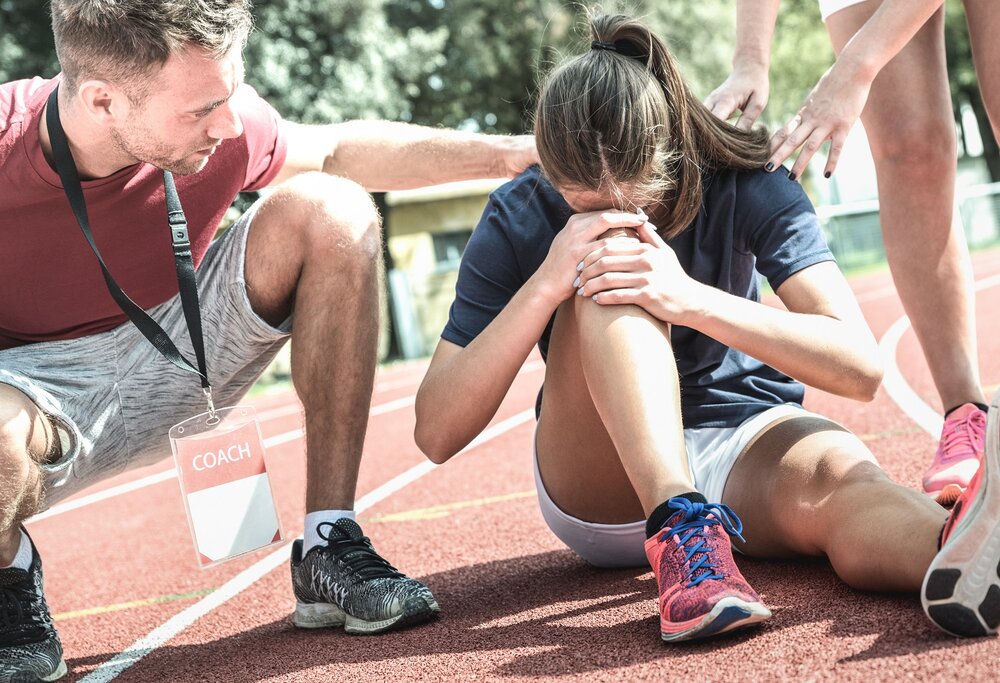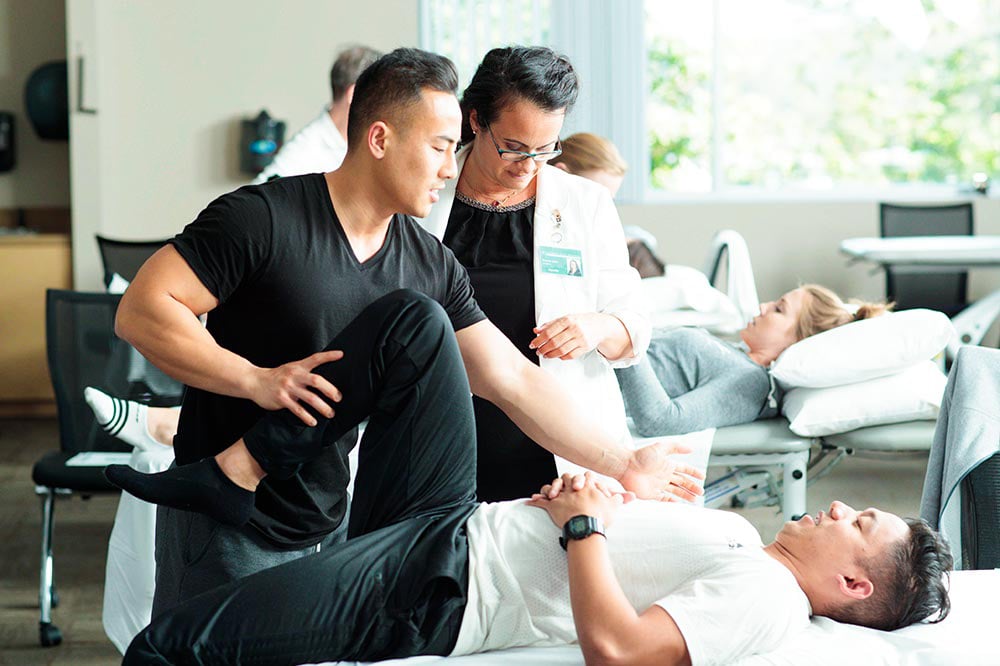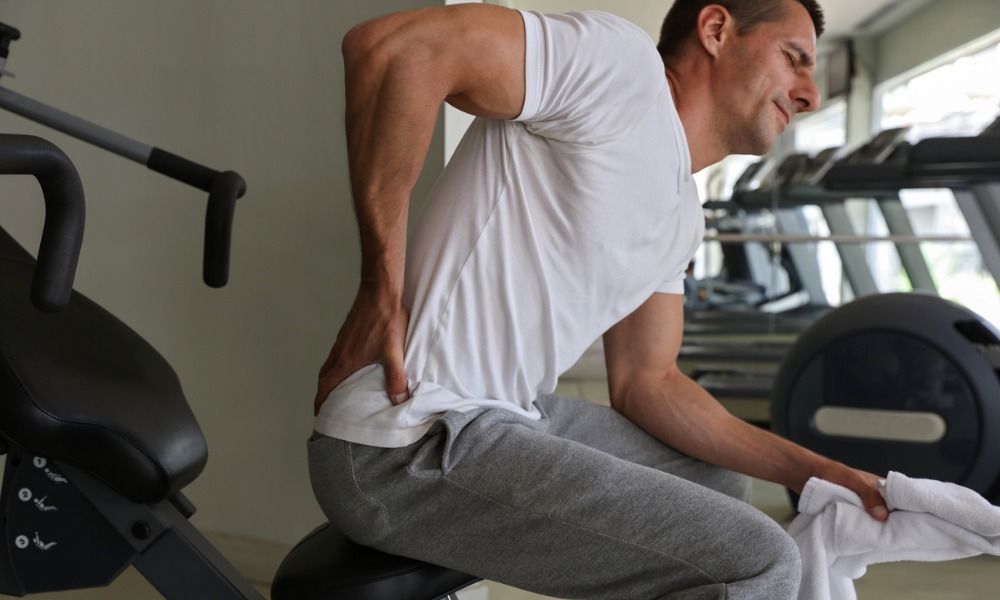Generally, if muscle soreness does not subside after three days, it may be a sign of something more serious.
Feeling sore after a workout is kind of a masochistic badge of honor. Those achy muscles that make it hard to climb even the teeniest staircase are a glaring reminder of the hard work you put in. You crushed that workout, and it kind of crushed you, too.
It is normal for muscle soreness to occur after a workout that was challenging and/or new to the body. Even if you work out on the regular, it doesn’t mean you’re exempt. You may be in great physical shape, but if you tried a new workout that your body was not familiar with, it is very likely that you will experience some level of soreness. But pain doesn’t always lead to gains—and pain definitely isn’t needed in order to see gains. Either way, sometimes that pain can mean you’re actually injured.

What your pain is trying to tell you isn’t always so clear cut, though. For those who work out regularly, it may be a little easier to distinguish. If you’re accustomed to working out and don’t normally feel pain and one day you do, that’s an immediate indication that something’s out of sync.
Here’s how you can distinguish between soreness and an injury, and what to do if you suspect you’re hurt.
SORENESS IS USUALLY ACHY, STIFF, OR TIGHT, WHEREAS INJURY CAUSES A SHARP PAIN
Soreness is more of a tender, tired, or even burning feeling. Most people describe it as tight or achy, and it tends to affect an area or muscle group rather than one specific spot. When people are truly injured, they’ll have sharp, stabbing, deep pains. Those are the ones that are signs it might be more serious. Swelling is also a red flag that something is wrong.
INJURIES DON’T MAGICALLY GET BETTER
Everyone is different, and it does depend on hydration levels, as well as physical fitness, but generally people may expect peak soreness to occur 24 to 48 hours after the activity, and it may last anywhere from one to three days. If soreness is not subsiding after three days, it may be a sign of something more serious.

Also, if the pain doesn’t get any better with rest or with another workout—regular old soreness usually subsides once you warm up those muscles and start using them again the next day—you could be injured. If you start to work out again and it doesn’t go away, stop. General soreness can also mask an injury until it fades away, but after soreness subsides, a true injury may still be apparent.
LINGERING SYMPTOMS NEED MEDICAL ATTENTION
Sometimes, there’s that split second during a workout when something snaps or pops and you know you’re in trouble. But other times, you can miss the fateful moment—or simply forget about it. Part of the reason is that mid workout, your body is pumped up and preoccupied with the task at hand. You might feel a twinge, but if you’re amped, you won’t really notice.

If you think you might be hurt, schedule a visit with your doctor. Not only will they be able to rule out any potential injury, but they can also help create a specific plan to get you back on track. Try to remember what could have caused it, and what the pain feels like—this will ultimately help you (and a doctor) determine what’s up. It’s also recommended seeing a doctor who’s familiar with the part of the body that’s hurting to get the most accurate diagnosis.
INJURIES AREN’T THE END OF YOUR FITNESS ROUTINE
What keeps a lot of people away from a doctor is thinking that they’re going to just tell them to stop working out. An injury doesn’t mean you need to stop exercising altogether, but you may need to change the kind of activity you do until you recover. Ask your doctor if there are any alternative exercises you can do that would be safe. As long as it’s not a full-body injury, there’s usually something you can do to stay active and follow the doctor’s orders.
"ExpatGo welcomes and encourages comments, input, and divergent opinions. However, we kindly request that you use suitable language in your comments, and refrain from any sort of personal attack, hate speech, or disparaging rhetoric. Comments not in line with this are subject to removal from the site. "























